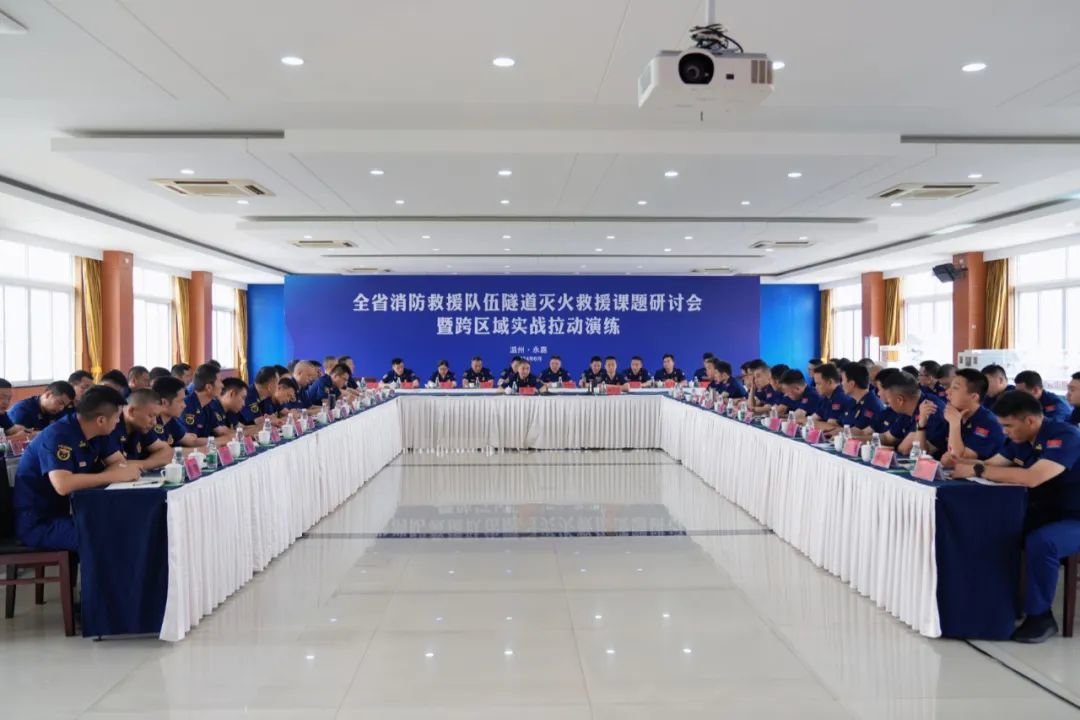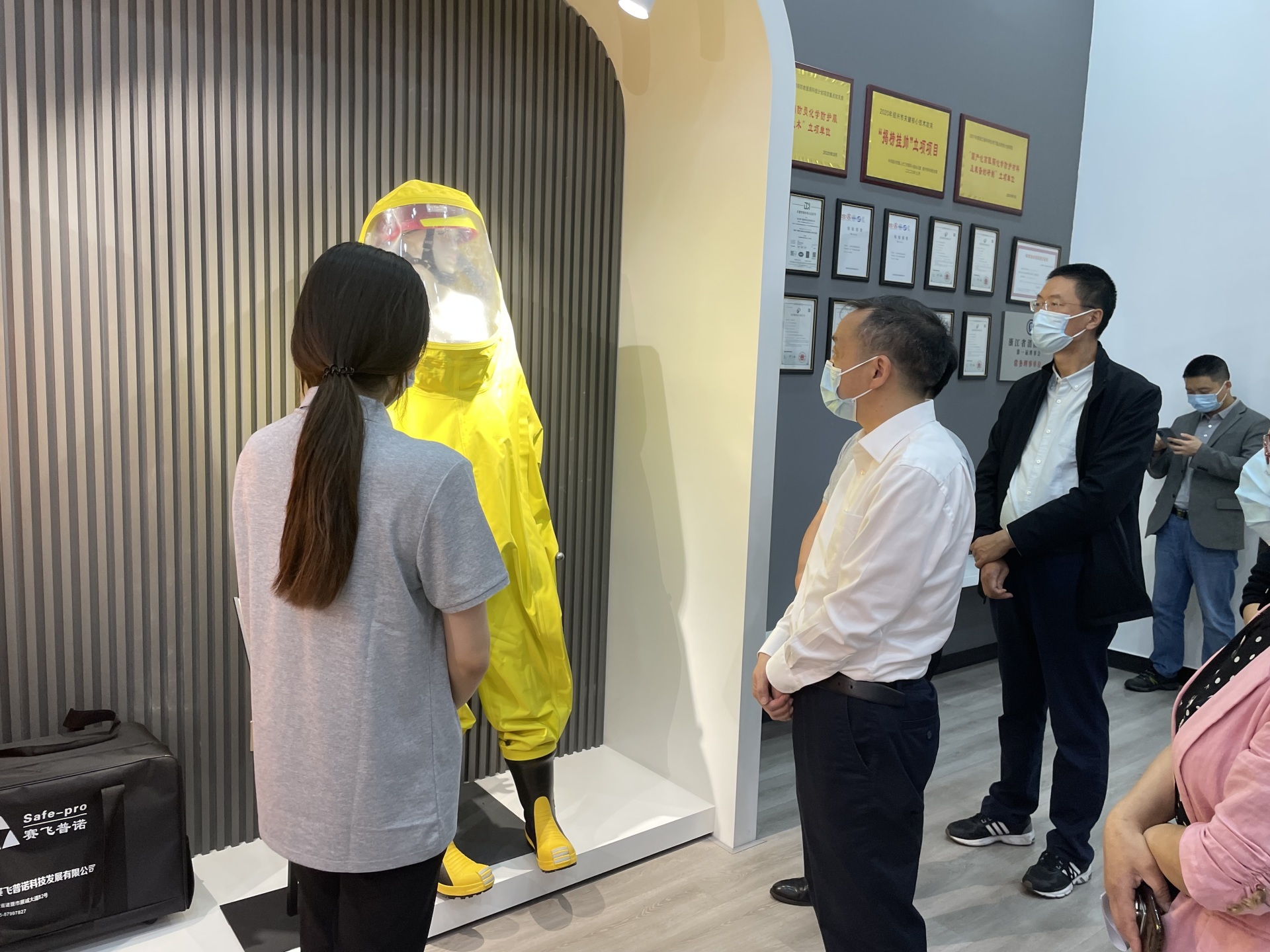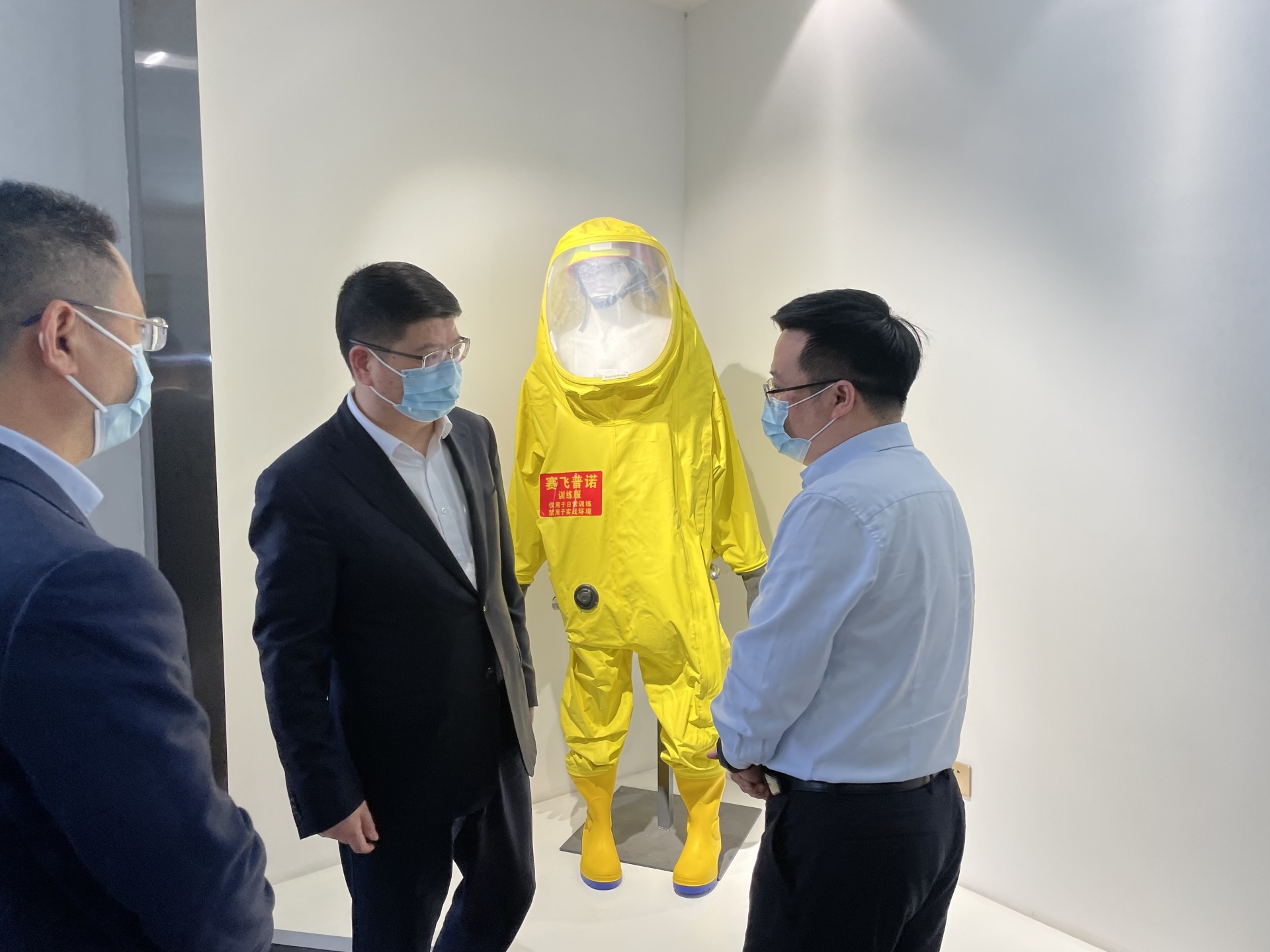Basic, medical protective clothing is made of what non-woven fabric
Release time:
2021-01-29
In the basic protection, medical work environment, will encounter the risk of bacteria, harmful ultrafine dust, acidic solution, salt solution, corrosive chemicals, for these dangers, need to use protective clothing to protect the staff of the whole body. Protective clothing is also known as work clothes. What are the characteristics of protective clothing? What kind of non-woven fabric is used for protective clothing? You all know.
In the basic protection, medical work environment, will encounter the risk of bacteria, harmful ultrafine dust, acidic solution, salt solution, corrosive chemicals, for these dangers, need to use protective clothing to protect the staff of the whole body. Protective clothing is also known as work clothes. What are the characteristics of protective clothing? What kind of non-woven fabric is used for protective clothing? You all know.
Breathable protective clothing for 1. foundation protection work
Suitable for automotive, aviation, food processing, metal processing, mining, oil and gas operations. Generally hooded from head to shoulder to body, cuffs and trousers are tightened. Protective clothing is required to effectively block dust and solid particles from entering the operating environment. Wear to be comfortable and breathable, and not easy to fall dust. It has strong protection and can block slight splashes in low-risk areas.
The fabric selected for this protective clothing is SMS non-woven fabric. The structural characteristics of the ultra-fine meltblown fiber layer and high-strength spunbond non-woven fabric layer in the structure of SMS material make the material have certain hydrostatic pressure resistance and air permeability, which form the basic isolation performance of SMS material. In addition, SMS non-woven fabrics also have barrier properties and are used in various protective clothing products, including high and low mid-end medical protective clothing, industrial protective clothing, and chemical protective clothing.
Of course, in addition to SMS non-woven fabrics, there are PE film composite non-woven fabrics, breathable film non-woven fabrics, spunbonded non-woven fabrics can be used as medical protective clothing fabrics.
2. medical protective clothing
Medical protective clothing, also known as medical protective clothing, is the work of medical staff dress, that is, the health care workers body class protective clothing. Mainly used to isolate bacteria, harmful ultrafine dust, acidic solution, salt solution, corrosive chemicals, to keep the environment clean.
Features and uses of medical protective clothing
(1) Ordinary PP non-woven protective clothing
It is made of PP spunbond non-woven fabric, which is characterized by: breathable, dustproof, non-waterproof, good tensile strength, and the difference between the front and back is not obvious. PP spunbond non-woven fabric is used for ordinary isolation clothing, low-grade isolation clothing, patient clothing.
(2) Coated non-woven protective clothing
The fabric is covered with non-woven fabric, which is characterized by: airtight, waterproof, good bacteria isolation effect, obvious distinction between the front and back, the side in contact with the body is non-woven fabric, not allergic, feel good. There is a layer of plastic film on the outside to prevent liquid leakage, used in the occasion of pollution and virus, the hospital infectious disease room is mainly used to cover the non-woven protective clothing.
(3)SMS non-woven protective clothing
Three-layer composite non-woven fabric, with a layer of waterproof bacteria isolation layer in the middle, and the outer layer is sesame dot SMS non-woven fabric, which is strong and has the function of isolation, waterproof and breathable. SMS non-woven fabrics are used for surgical gowns, surgical hole towels, isolation gowns, test gowns, operating gowns, non-surgical masks, and clothing for visitors.
(4) Breathable membrane non-woven protective clothing
The use of PP polypropylene, coated with PE breathable film, and thus strong permeability, better anti-permeability, resistance to a variety of organic solvents, acid and alkali corrosion at the same time, with high impact resistance. Mechanical properties of strong, soft and comfortable texture. Non-combustible, non-toxic and non-irritating, harmless to the skin. Bacteria, waterproof, micro breathable, soft texture, is the most advanced medical protection medical protective clothing. It is characterized by the fact that the sweat of the human body can be distributed outward, while the harmful gases and moisture outside cannot invade. In addition, the breathable membrane non-woven fabric is also used in surgical gowns, surgical hole towels and isolation clothing.
Related News
let's get in touch
If you are interested in our products and solutions and want to learn more, please feel free to contact us.
CONTACT INFORMATION
Telephone
WhatsApp:
location
Address
Building 2, No. 40 Dalu West Road, Taozhu Street, Zhuji City, Zhejiang Province
Copyright © 2025 Zhejiang Safe-pro Technology Development Co., Ltd.








